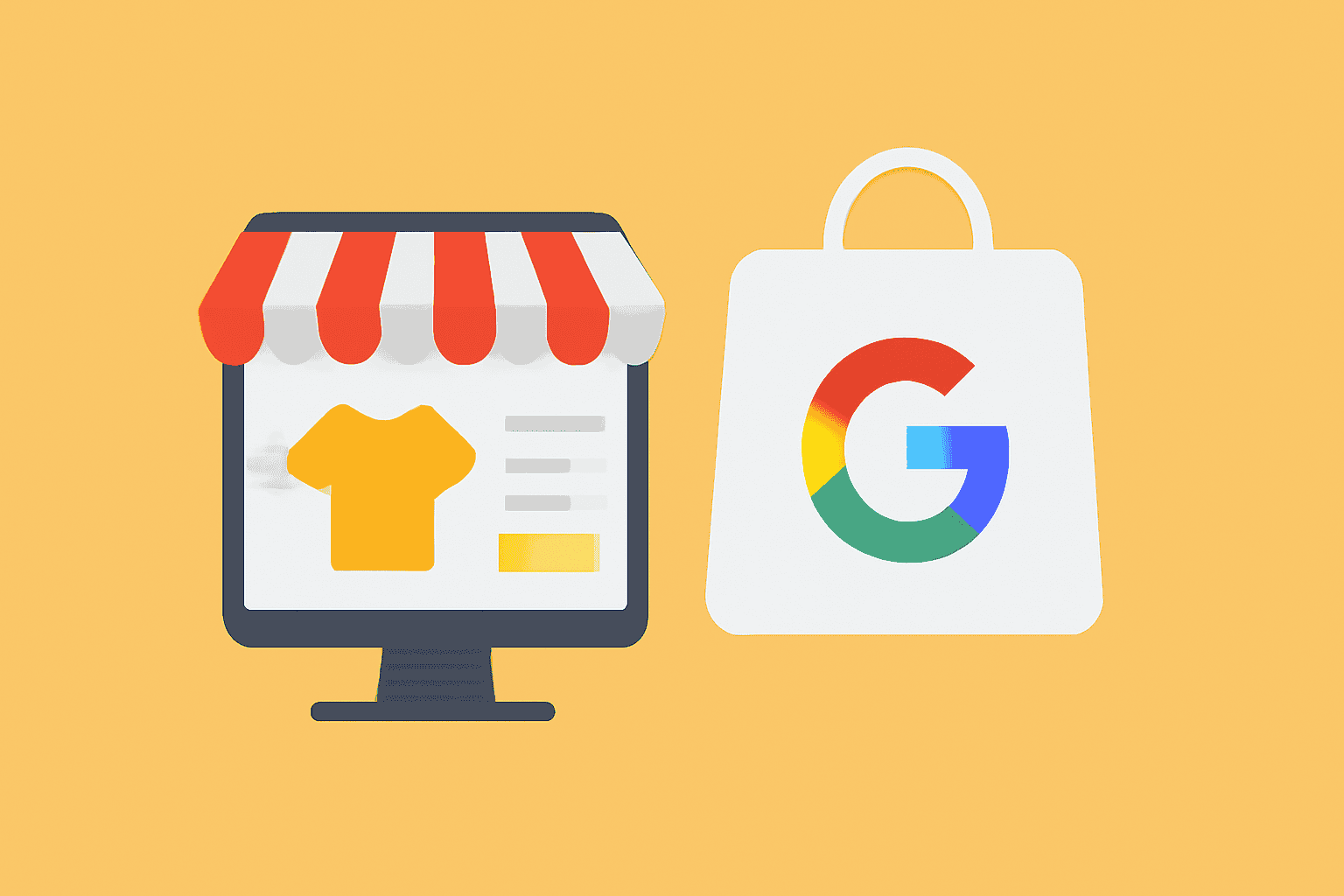Marketing Matters: Different Types of Digital Marketing for Beginners
U.S. companies spent more than every year on digital marketing in 2020. That’s because digital marketing provides a powerful way to promote your company easily at low costs.
But do you know the digital marketing basics? What is digital marketing, and how does it work?
Digital marketing is a digital form of marketing that uses digital channels such as search engines, websites, and social media platforms to connect with the target audience.
So, what are the different forms of digital marketing? Read our digital marketing for beginners guide below.
Search Engine Optimization (SEO)
SEO is an approach that focuses on influencing the visibility of a website in search engines.
The idea behind this digital strategy is to make sure your content ranks high organically, which means without any payment. Because SEO looks at how Google crawls and indexes websites, it’s key if you want to be found by customers.
If done well, SEO can increase traffic to your site and improve rankings around keywords related to your business and more.
Consider that most people looking for products and services start by checking the search engines. So if your digital marketing strategy isn’t focused on SEO, you’re missing out on many potential customers.
To begin with digital SEO strategies, you need to have a digital marketing plan that includes the following:
- Audience research and analysis
- Keyword research
- Content creation and optimization
- Technical website audit
SEO is an ongoing process, so you can expect it will take some time before seeing results. And if your site isn’t easily crawled by search engines or not optimized for certain keywords, then your competition could outrank you in no time. That’s why digital marketers must always keep working on digital SEO strategies.
Search Engine Marketing (SEM)
Search Engine Marketing (SEM) is digital marketing that focuses on paid ads, such as Google AdWords or Facebook Ads. This strategy allows you to reach your target audience and drive traffic to your site with digital ads.
SEM is a fairly new form of digital marketing for most businesses, so it will take time before digital marketers see the results. But with digital ads, you can target your audience by age, gender, interests, and much more.
If done well, SEM strategies could help improve brand awareness around a company. You can also use digital advertising to drive traffic directly to a landing page. You then capture these leads that eventually become customers.
The main goal of search engine marketing is simple: turn digital ad clicks into real people buying your products/services.
To get started with SEM, you must have a digital marketing plan that includes the following:
- Targeted keywords (which can be found through keyword research)
- Conversion goals and conversion tracking (to see if digital ads are driving traffic to the site or not)
Digital marketers who create engaging content could also use it as part of their lead generation strategy. And that’s by promoting relevant articles on social media channels like Facebook and Twitter.
The benefits of SEM include:
It’s measurable. You can track exactly how effective your campaign is through real-time statistics about clicks, views, conversions, etc.
It provides high returns on investment. Spending money on digital advertisements often brings more sales than conventional advertising methods like print ads or TV commercials.
It’s flexible. You can work with digital marketing agencies to create custom SEM strategies. That includes digital ads across various platforms like Google AdWords and Facebook Ads.
Clearly, if you’re getting started with digital marketing, SEM needs to be part of your digital marketing plan.
Content Marketing
Content marketing focuses on creating and sharing relevant content to attract, engage, and retain a clearly defined audience.
Creating useful digital content for your target market can help improve brand loyalty. That’s because people appreciate it when businesses provide them with something of value. Not just trying to sell directly to them all the time.
This form of digital marketing strategy provides consistent results over time. And also helps marketers reach their target audiences through different platforms like YouTube videos or podcasts.
Digital marketers who want an effective lead generation strategy often use this type. And it’s because they’re able to communicate valuable insights about products/services in specific niches without sounding too sales. And don’t forget that you can share digital content on various platforms like Facebook, Twitter, and LinkedIn.
How do you create an effective content marketing strategy?
You must have a clear objective. What do you want to achieve with your content?
Start by finding out what problems and goals your customers have through market research or surveys. Then, create useful digital content that will help solve those issues. Also, educate them on certain topics related to your niche/industry.
Be consistent. You should also create a content calendar that tells you what type of digital content to post on which platforms.
Curate and share other people’s relevant posts too. That will help give your social media profiles more exposure and attract new followers.
Social Media Marketing (SMM)
SMM is a form of digital marketing that focuses on promoting brands and products on social media networks like Facebook, Twitter, Google+, Instagram, Pinterest, etc.
Digital marketers often use SMM to support the other types of digital marketing campaigns they’re running. And it’s because it provides more exposure for their content (e.g., blog posts) or products/services (e.g., sponsored ads).
Social media platforms also provide new opportunities for companies to reach potential customers outside their usual audiences. That’s done through paid advertising options like promoted tweets and boosted posts.
This type of online promotion can be beneficial because you’re able to share your brand’s message with people who might not have known about it otherwise.
But keep in mind that effective SMM strategies take a lot of time and effort.
How do you create a social media marketing plan?
First, identify your target audience on each platform that you’re using for digital promotion. Then, develop a content strategy that will attract their attention and engage them to take action (e.g., visiting your site).
Post relevant information about the products/services you offer regularly so people won’t forget about it. And don’t forget to use visuals like infographics or memes to capture users’ attention better than plain text posts would.
Also, remember that successful SMM strategies aren’t just enough. They should be part of an overall integrated marketing campaign.
Email Marketing
Email marketing is the process of using email to promote your products, services, or brand.
It’s often used in conjunction with other digital marketing strategies like content and social media marketing because it provides a better return on investment (ROI).
For example, you can send an email blast about new blog posts that are published.
This way, people who subscribe to your list will get notified when something relevant happens. So they’ll check out what you have to say about it right away.
Unlike social media platforms where there are algorithms telling users which posts show up in their feeds first, emails go straight into subscribers’ inboxes without any interference from third parties.
That means you can reach your intended audience without having to “fight” with other brands that might be trying to do the same thing.
What’s more, people are way more likely to read and take action on emails than they would on social media posts.
And if you’re using email marketing in conjunction with another digital strategy like content or SMM, then it will help reinforce whatever message your brand is promoting at any given time.
How do you create an email marketing plan?
Email marketers usually start by creating a list of people interested in their products or services. It could be a list of people who have subscribed to your blog, for example.
Then, they’ll send an email blast with a call-to-action (CTA) that encourages subscribers to take some sort of action. For example, visiting their website or buying one of their products.
Pay-per-Click (PPC)
Pay-per-click (PPC) is an online advertising strategy in which each click on a sponsored ad costs the advertiser money.
This technique involves paying for specific types of traffic, like clicks or impressions, to your website from search engines.
For example, you could pay $2 every time someone clicks on one of your ads that’s displayed at the top results. That way, even if visitors don’t end up buying anything right away—or ever—you will still get exposure since they saw your site.
But keep in mind that PPC doesn’t always have to involve search engines.
Sometimes, advertisers may choose to use social media channels like Facebook Ads or Instagram instead. Ads on these platforms work the same way on Google and Bing.
Digital Marketing for Beginners Explained
The best way to know which digital marketing techniques you should use for your business is to conduct thorough research.
Try different approaches, see what works and what doesn’t. Then adjust until you can develop a strategy that will bring the most success in terms of increasing brand awareness and sales.
And if all else fails?
You can always hire an expert who knows how to get the job done right.
We hope you found this digital marketing for beginners guides helpful. Check out our other posts for more informative content.












